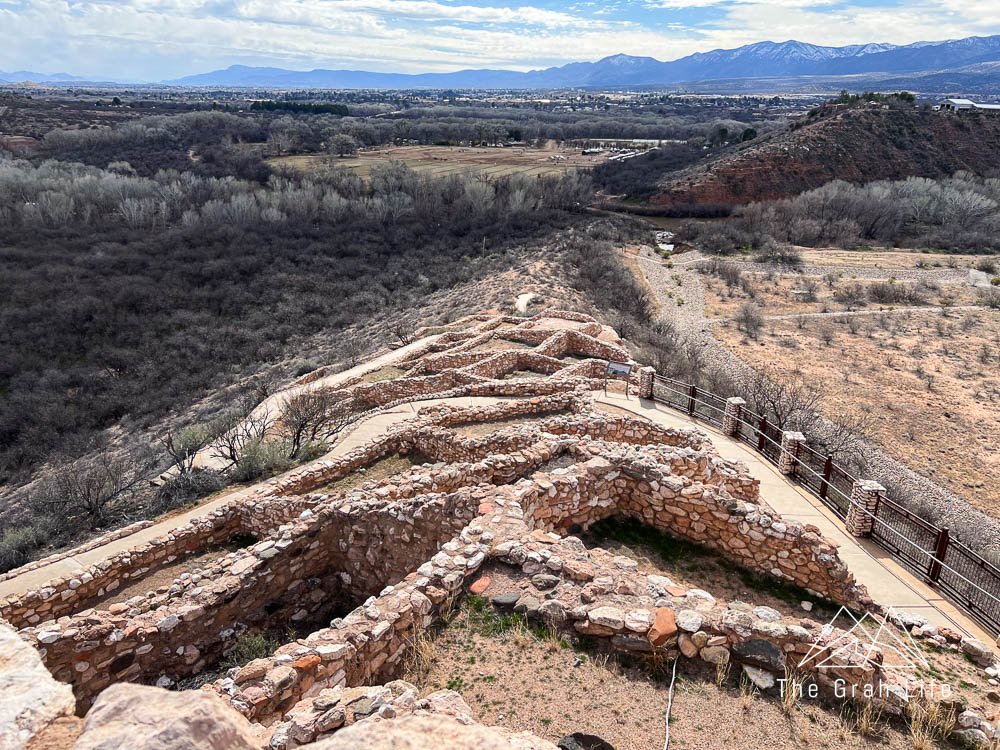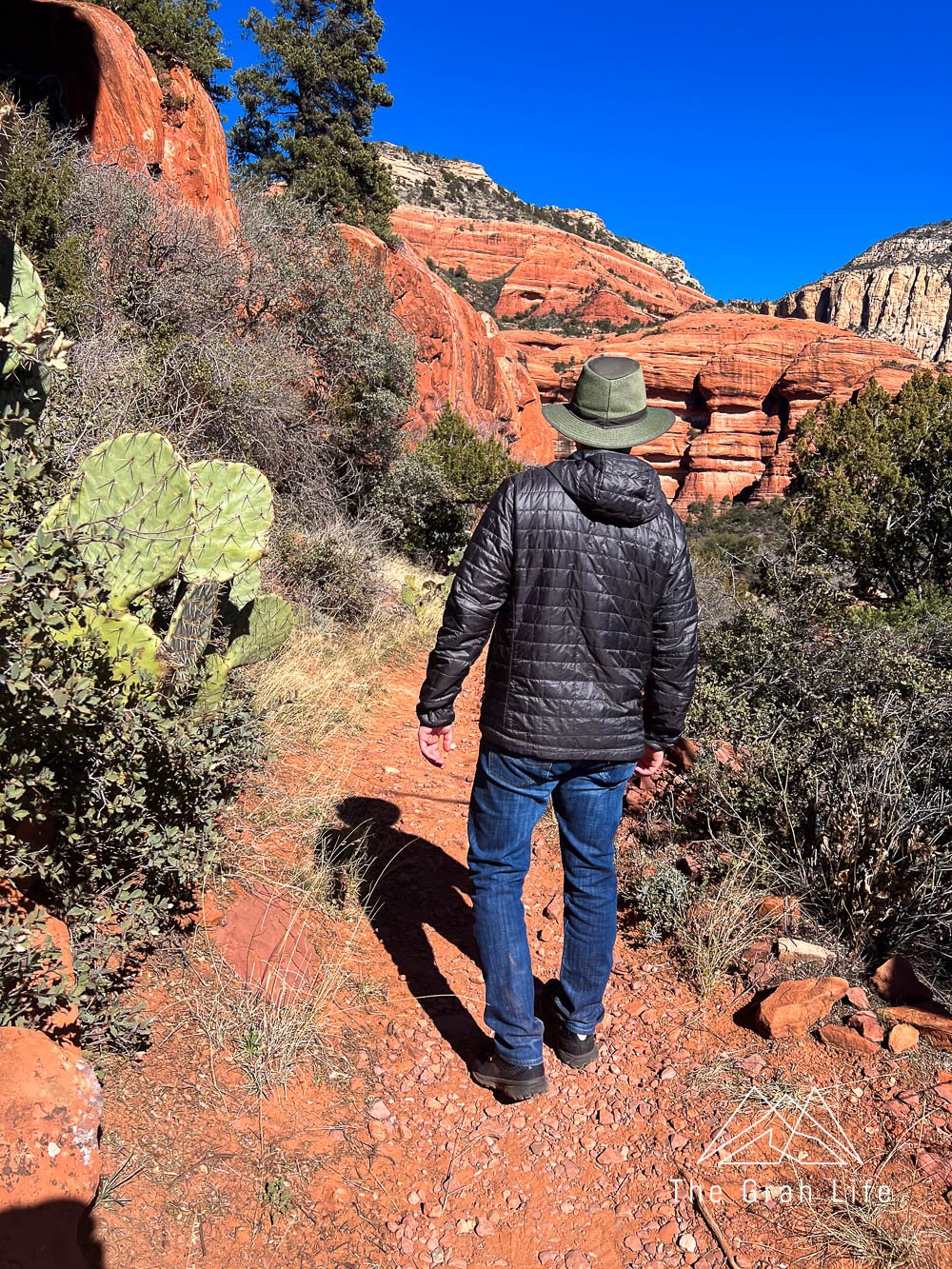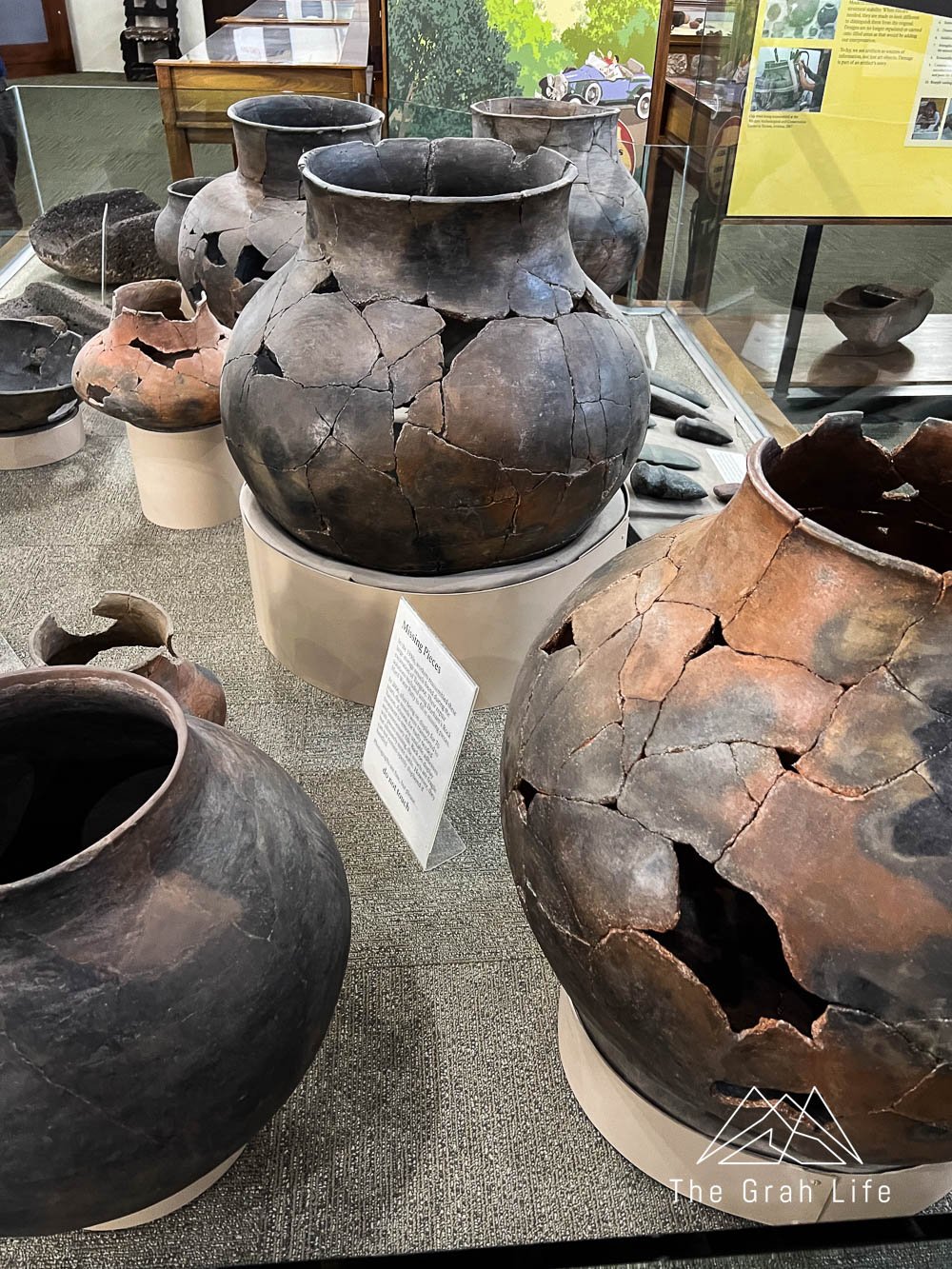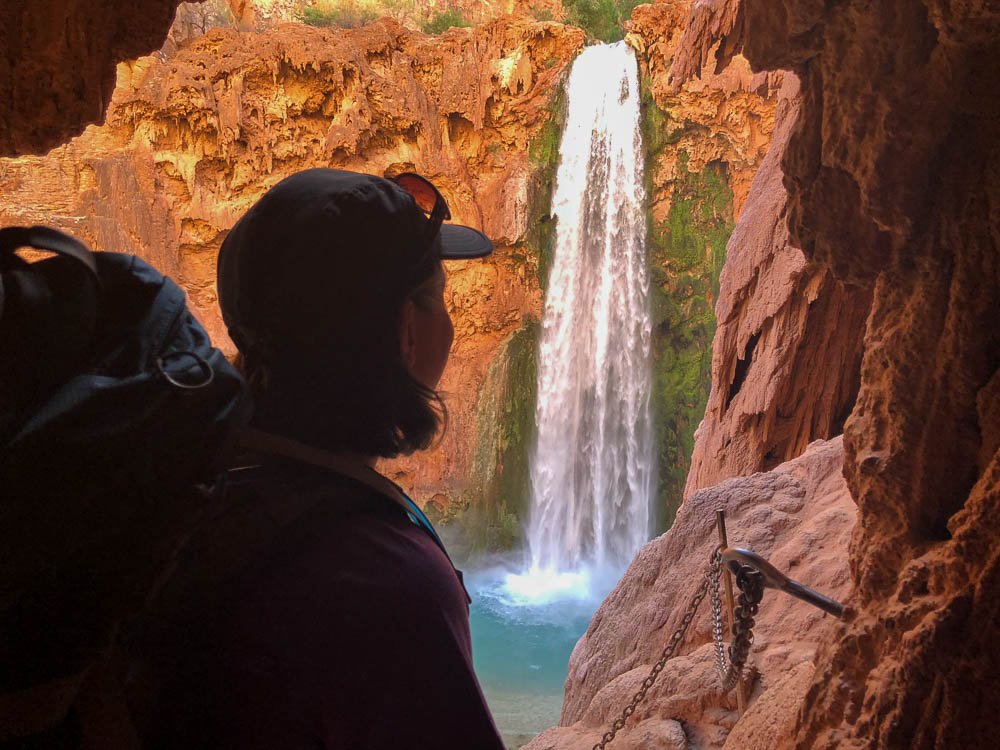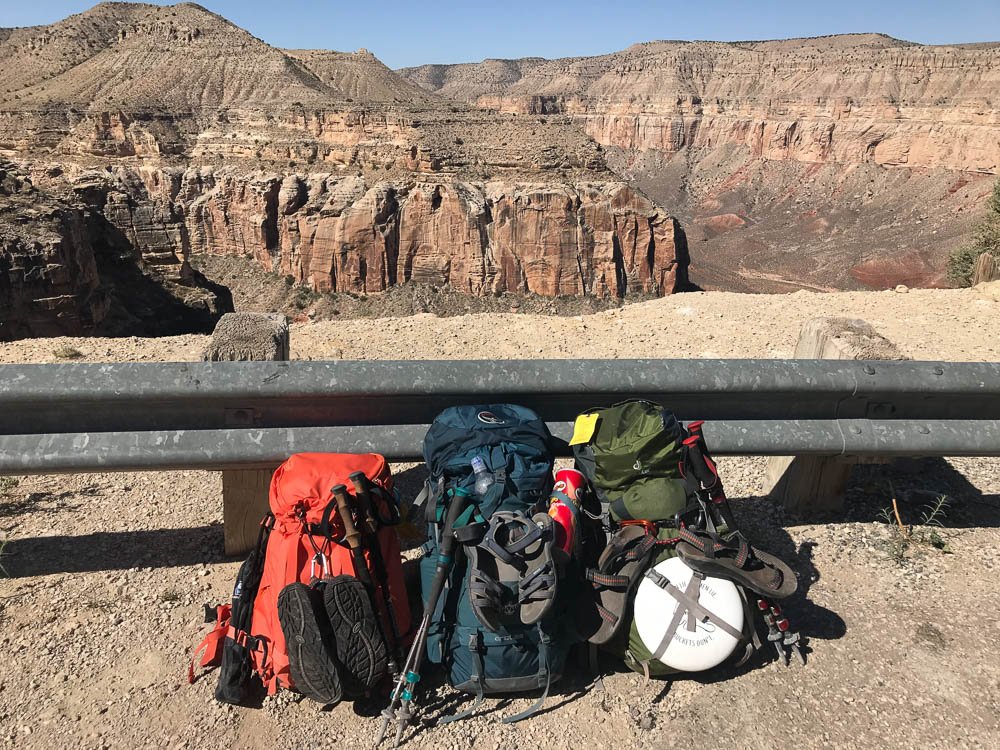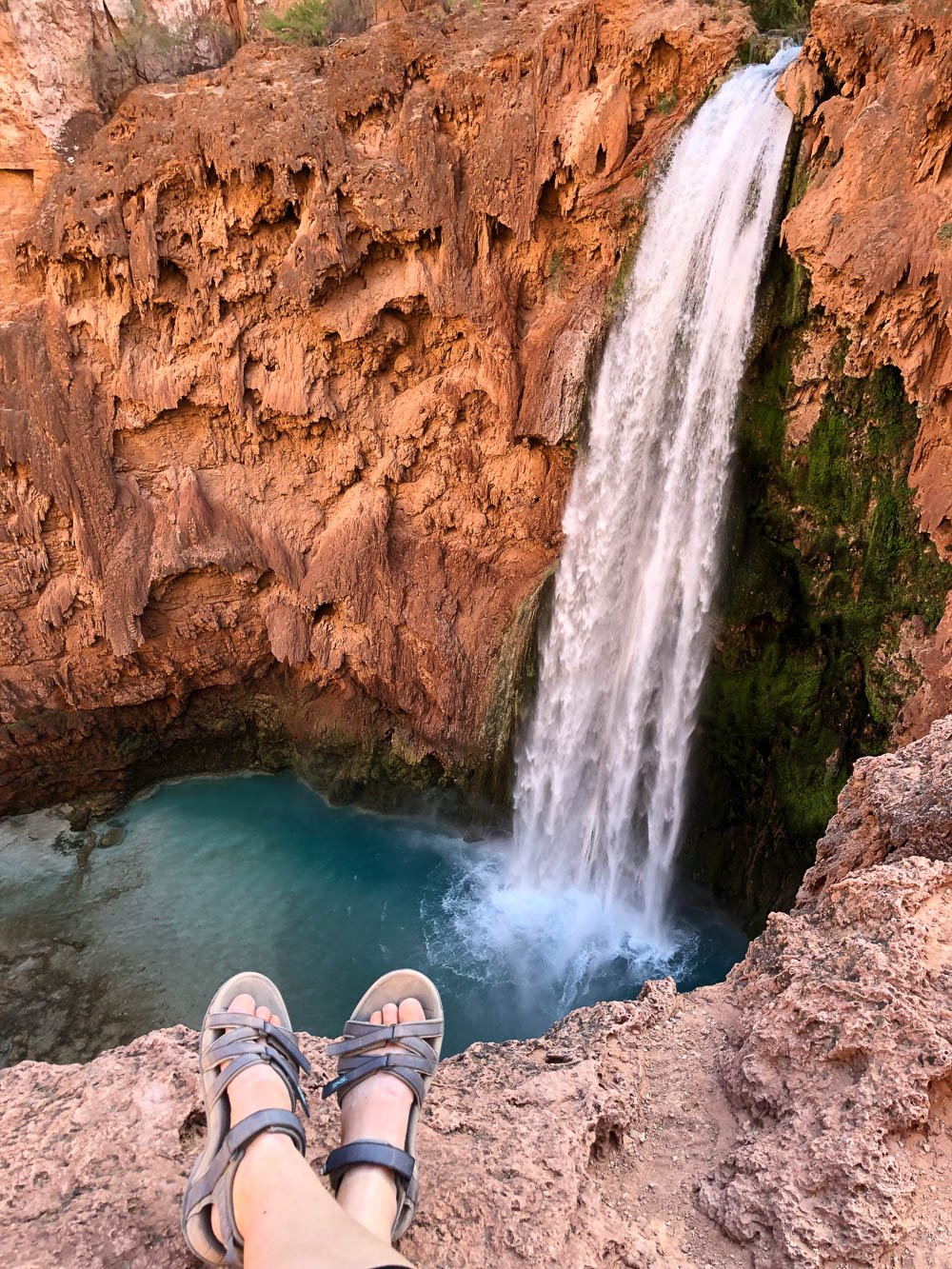Sedona’s Must-See Native American Heritage Sites
Upon returning from our trip to Sedona, we were stunned to have heard so little about Sedona’s heritage sites before our trip. We knew the area’s main attractions — hiking to the vortexes, the Pink Jeep Tour, and shopping at the Tlaquepaque Arts and Shopping Village — but we felt lucky to stumble upon the area’s rich indigenous history.
Our 1-6 day itinerary of Sedona explains the most efficient way to see these sights, but this blog breaks down the details of each heritage site.
Tuzigoot National Monument
Sinagua
Meaning “without water”, the Sinagua lived in the Sedona Verde Valley from around 600 AD to 1400 AD. They were originally hunter/gathers and by 800 AD had switched to agriculture, creating irrigation systems that still work to this day (source). It was during this time that they built the adobe structures you can still visit today.
Now the area is home to 22 Native American Tribes. The Navajo Nation, just to the North of Sedona, is the largest, and the Yavapai Apache Nation is the closest to Sedona.
Tuzigoot National Monument
Parking passes
Purchase an America the Beautiful Pass to have access to each of these sites, or the Red Rock Pass for access to a select few. Most of these sites have limited staff, so it’s easiest to purchase them ahead of time.
Dwellings
The dwellings near Sedona are up to 800 years old. The Sinagua strategically chose to build on hills, near water sources, and on the sides of canyon walls. Their choices helped keep their homes out of the elements and manage temperatures, providing their occupants with safety and comfort. Today, we have the privilege of learning from and viewing the remains.
Montezuma Castle
Montezuma Castle is the most well-known cliff dwelling in Arizona. It’s located a few minutes off Highway 17, making it a quick and easy site to visit.
To see Montezuma Castle, you’ll walk through a small gift shop, then wander paths to view the five-story, 20-room dwelling from afar. Keep walking down the path to see the remains of Castle A. It’s in ruins now, but it once boasted 45-50 rooms. Imagining what life here would have been like is incredible.
Castle A
Palatki Heritage Site
We recommend making the Palatki Heritage Site one of your first stops in Sedona. You have to purchase a $1 permit to visit, but it reserves your spot in a small group for a ranger-led tour.
On the tour, you’ll walk up a steep hill with uneven ground, but you’ll have the ability to go at your own pace. When you reach the dwellings, you’ll learn about the history of the Sinagua, their dwellings, artifacts, and see petroglyphs made between 1150 and 1350 AD.
It’s completely exposed, so bring sun protection and water. The road closes to the heritage site if the temperature is over 100 degrees or the roads are impassable from rain or snow. Call ahead if you have concerns.
Honanki Heritage Site
The Honanki Heritage Site is the sister site to the Palatki Heritage Site. It’s six miles further down the same road that closes in extreme weather.
Tours here are self-guided, and no permit is needed. If you can’t reserve a permit at Palatki, this serves as a great backup option. You’ll see ruins of dwellings, artifacts, and petroglyphs here as well.
Tuzigoot National Monument
Tuzigoot National Monument is unique because it’s a cliff dwelling that has been partially rebuilt. It was discovered in 1933, and the excavation and partial rebuild of the pueblo structure provided jobs during the Great Depression.
The monument is a short walk uphill. From there, you can wander trails surrounding the dwelling and explore a two-story room.
We especially loved the remains of artifacts here. There were metate (grinding stones) left throughout the monument’s rooms. If the people living there were migrating with plans to return, they’d flip the stones and they’d look like any other rock. If they planned on leaving without returning, they’d break them and other tools to return them to the earth.
Used metate stone inside room
Walnut Canyon National Monument
The Walnut Canyon National Monument is in Flagstaff, not Sedona, but it’s worth the mention. Take the Island Trail to walk a one-mile loop to see 25 cliff dwellings, or the Rim Trail to overlook the canyon and cliff dwellings.
Historic sites
Montezuma Well
Montezuma Well is an overlooked site, but don’t be fooled by the calm look of it. It’s really a sinkhole, continuously fed from an underground spring with 1.5 million gallons of arsenic-filled water every day. Yet, the Sinagua still found ways to use this water to irrigate their crops.
At the site, you’ll see cliff dwellings inside the well, walk paths surrounding the well, and read interpretive signs about the local flora and fauna. Five animals have adapted to living in this water that aren’t found anywhere else in the world!
The Hopi, Zuni, and Yavapai all have oral histories of their ancestors living in the area. The Tribes said once something emerges from the vents at the bottom of the well, it can never return. This made scientists curious so in 2006, divers tried putting cameras, rovers, and sensors into the vents, but every piece of equipment was pushed back out.
You’ll find Montezuma Well located down a well-maintained dirt road, 11 miles north of Montezuma Castle on Highway 17.
V Bar V Heritage Site
If you love petroglyphs, V Bar V is a must-see. You’ll find the largest known petroglyph site in the Verde Valley here. It’s home to an entire wall of petroglyphs, including a solar calendar and recognizable animals, all explained by a ranger onsite.
Historic Forts
Fort Verde State Historic Park
The Fort Verde State Historic Park was occupied by U.S. Army troops in 1870 and deactivated in 1891. It’s the best surviving site for interpreting a cultural conflict crucial to the development of Arizona. Visit to see the Parks artifacts and four surviving buildings.
Museums
Verde Valley Archaeology Center
Visit the Verde Valley Archaeology Center to see an impressive amount of Sinagua artifacts. A museum volunteer will guide you through the exhibits, explaining local tribe’s histories, and interesting facts about the objects you’ll be seeing. You can also become a member to participate in guided hikes to archeological sites!
Etiquette
The sites on this list are historic and over 800 years old. Please be respectful of the land and local tribes by following the leave no trace principles and archaeological site etiquette.
This includes:
Staying on trails
Refraining from sitting, standing, or climbing on ruins
Not touching or picking up artifacts
Not touching petroglyphs
Not leaving offerings
No graffitiing
Search the blog for more adventures! Try searching for topics such as “hiking”, “waterfalls”, or “national parks”.


